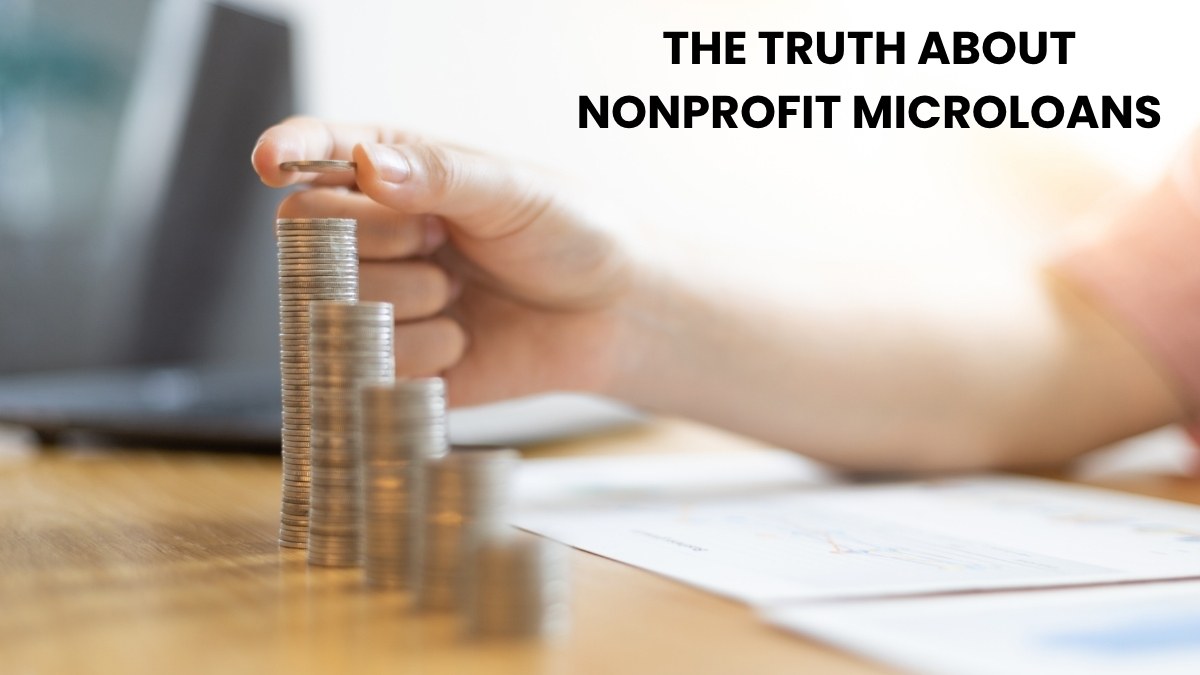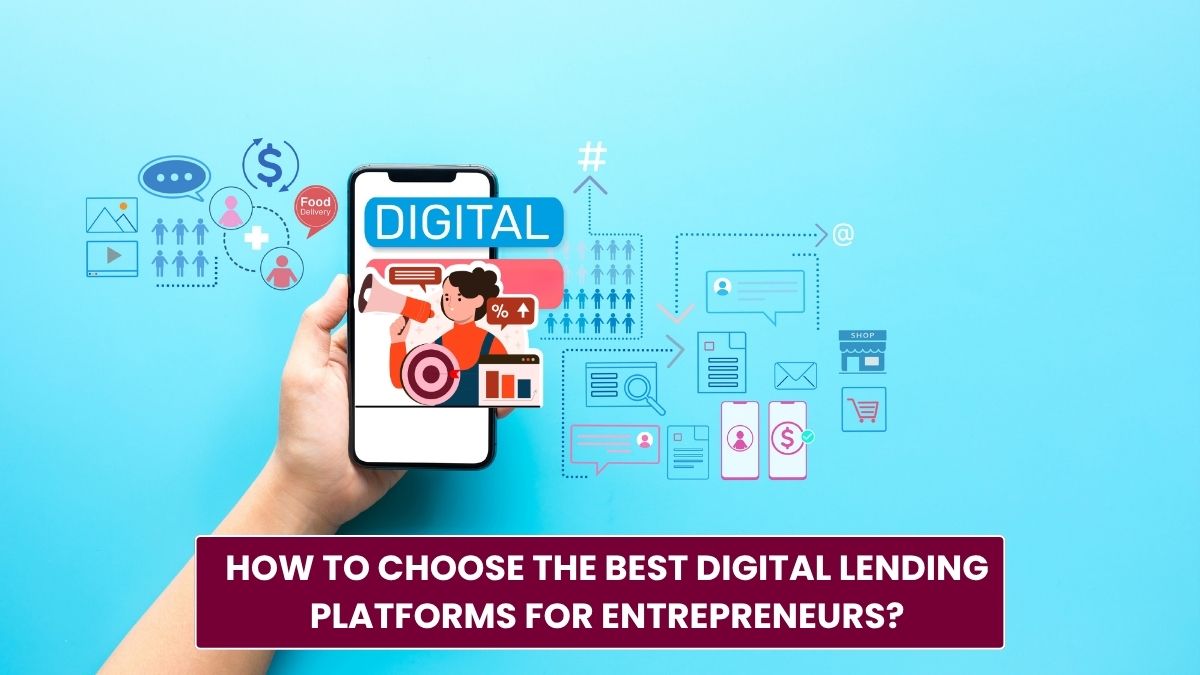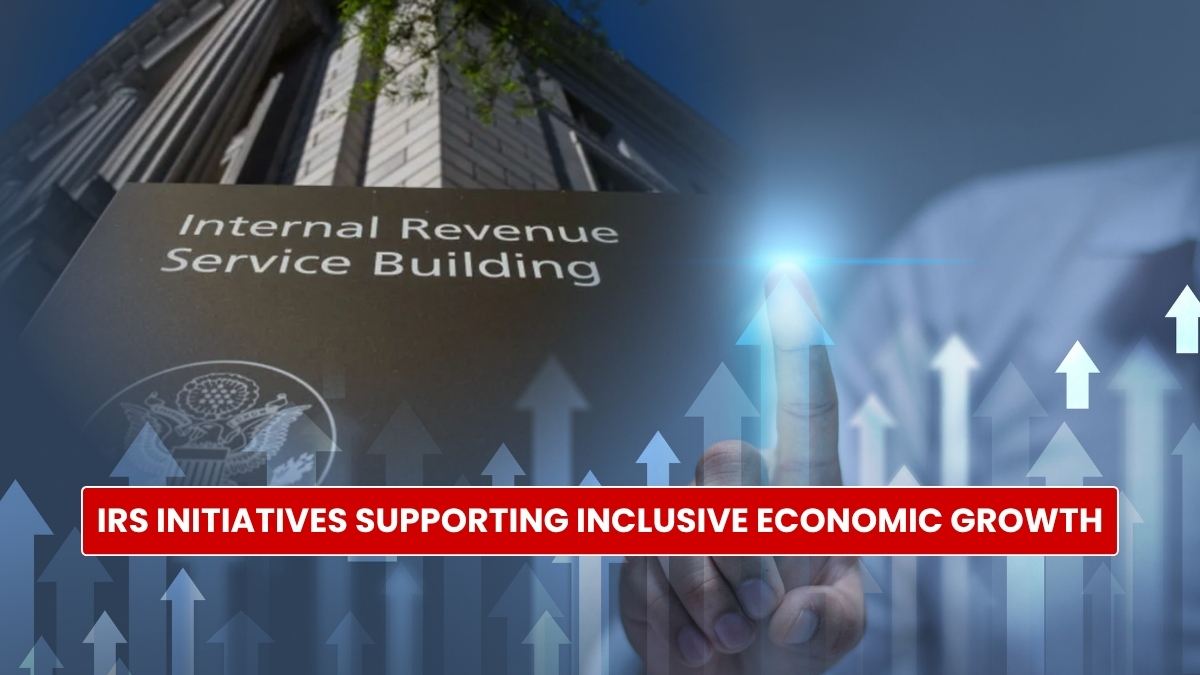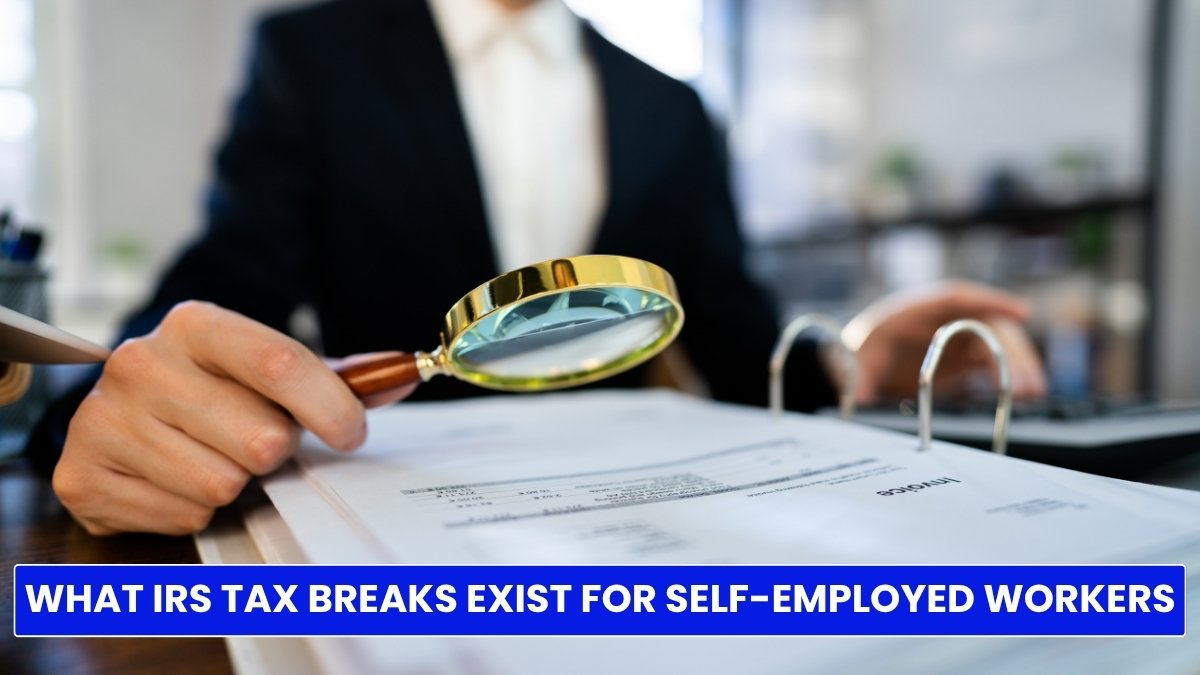The microloans from the non-profit organization are a boon for businesses or individuals who can’t access the traditional bank’s services. While the microloans offer great benefits, there are some challenges too; let’s see the truth about them.
The non-profit microloans are typically up to $10,000 to $50,000, supporting businesses and individuals. Over the years, microloans have been said to be a powerful tool to eliminate poverty, financial inclusion, and boost economic growth.
Now, microfinance is a big industry, but it also has another side, where the people are landed into a debt trap or unpayable loans. Hence, people must be aware of the microloans and how to manage them.
What’s the truth about nonprofit microloans?
The microloan market growth is exceptional with technological intervention and people’s intent to start something of their own. However, when we take microloans as the tool to eliminate poverty, it was never guaranteed; there are reports that it created problems for people when they couldn’t pay the loan.
So, talking about the truth behind the non-profit microloans, here are a few points indicated to the current state:
- Major beneficiaries are small businesses, women, refugees, immigrants, underserved low-income communities, or people with low credit history.
- The non-profit microloans prioritize the social impact, so they contribute to the overall benefit for the communities.
- The non-profit loans offer a small amount of loans that sometimes cannot be enough for the businesses.
- Sometimes, the borrowers fall into a debt trap if they cannot make a sustainable income out of the loan.
- Many borrowers misuse microloans as they use them to manage expenses, such as weddings, medicine, and others, and repay the loan by taking another microloan. The delay in repayment and defaults is possible, which questions the sustainability of the microloans.
- The microloans are great support, but the truth is, they can only be beneficial when you have perfectly balanced the use of the loans and interest on the repayment; otherwise, without proper planning, it can affect the borrowers.
How do non-profit microloans work?
Microloans are a financial service introduced to ensure poor and underserved communities, or people with poor credit, can get the microloans and get the initial capital to build a better future for themselves. Over the years, the US has dominated the non-profit microloans market, lending at low rates.
You must learn how non-profit microloans work to understand how it works and see if it is what you really need:
- The non-profit lenders offer microloans, such as Community Development Financial Institution, based on the social impact, such as some are offered for affordable housing, to women applicants, refugees, and others.
- When you apply for the microloans, you can check the interest rates and other processes to borrow the money.
- When you contact the nearby non-profit organization and apply for the microloan, you may also get the training, financial education, and other assistance in managing your finances.
- The non-profit lender will look into your application and its validity to decide whether to approve your application or not.
- If it is approved, the loan will be sanctioned as soon as possible, with a proper repayment plan selected by you.
- The microloans will also help you in building credit, qualify for larger loans later on, and achieve financial inclusion.
How to use the non-profit microloans to their best use possible?
The non-profit microloans help the borrowers in many ways, but to avoid a debt trap and any issues, you should keep the following things in mind:
- If you are taking the microloan from a non-profit organization, you should have a clear plan for using the loan to your best, such as a strong business plan, stabilizing your income, etc.
- You should avoid using the loans for personal expenses, as it is already not that large, so using it for personal expenses can hinder your plans.
- If you need, you can take assistance from the non-profits organization and use it efficiently. For instance, suppose you are using it to stabilize your income, you can take the organization’s assistance on where to use your money in your business and generate more income.
- You should track your spending, expenses, and repayment schedule, as this also helps in building credit and allows you to use the money in the best way possible.
What are the limitations of non-profit microloans?
Talking about microloans, you should know the limitations and challenges of microloans as the market continues to grow:
- Spending restrictions: Some microloans come with spending restrictions, such as the SBA has restricted spending on the loans to paying existing debt or buying real estate.
- Lenders have their own eligibility: Not all non-profit organizations have the same eligibility criteria; it may vary depending on their microloan policy, hence it can be hard to navigate through them.
- High interest rates: Though many microloans come with low interest rates, in case of repayment, the interest rates can be higher than those of traditional services.
- Repayment terms: The repayment terms of microloans are typically short-term, from a year to a few years, which means they can only be helpful when you are sure of generating income through them.
Microloans are a great tool for entrepreneurs, small businesses, and individuals; however, it’s important to know that you keep a balance of the money you receive and understand investing, or it can affect you negatively.





